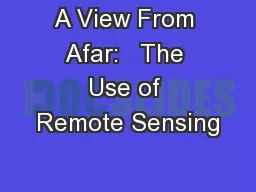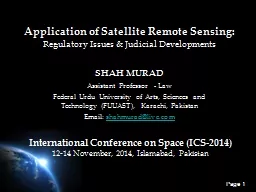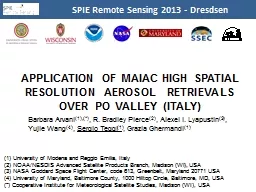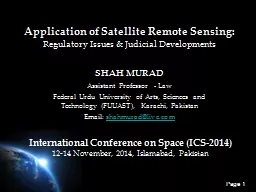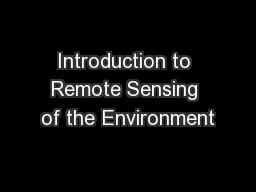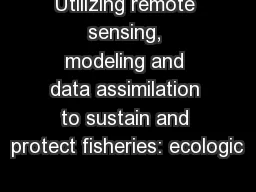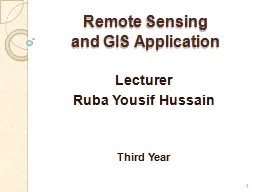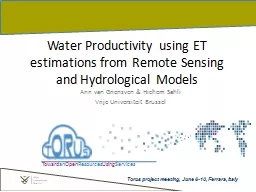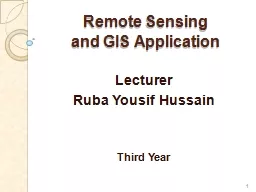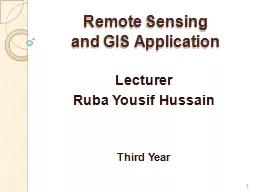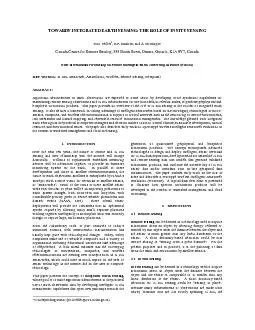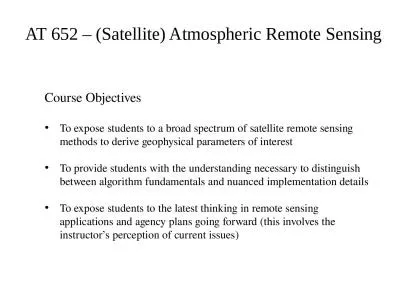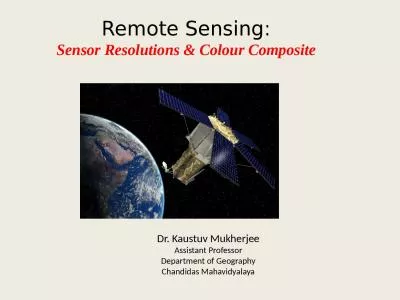PPT-A View From Afar: The Use of Remote Sensing
Author : jane-oiler | Published Date : 2018-11-07
Technologies to Examine Hopewell Sites in Ohio Capstone Presentation American Anthropological Association 111 th Annual Conference San Francisco California November
Presentation Embed Code
Download Presentation
Download Presentation The PPT/PDF document "A View From Afar: The Use of Remote Se..." is the property of its rightful owner. Permission is granted to download and print the materials on this website for personal, non-commercial use only, and to display it on your personal computer provided you do not modify the materials and that you retain all copyright notices contained in the materials. By downloading content from our website, you accept the terms of this agreement.
A View From Afar: The Use of Remote Sensing: Transcript
Download Rules Of Document
"A View From Afar: The Use of Remote Sensing"The content belongs to its owner. You may download and print it for personal use, without modification, and keep all copyright notices. By downloading, you agree to these terms.
Related Documents

